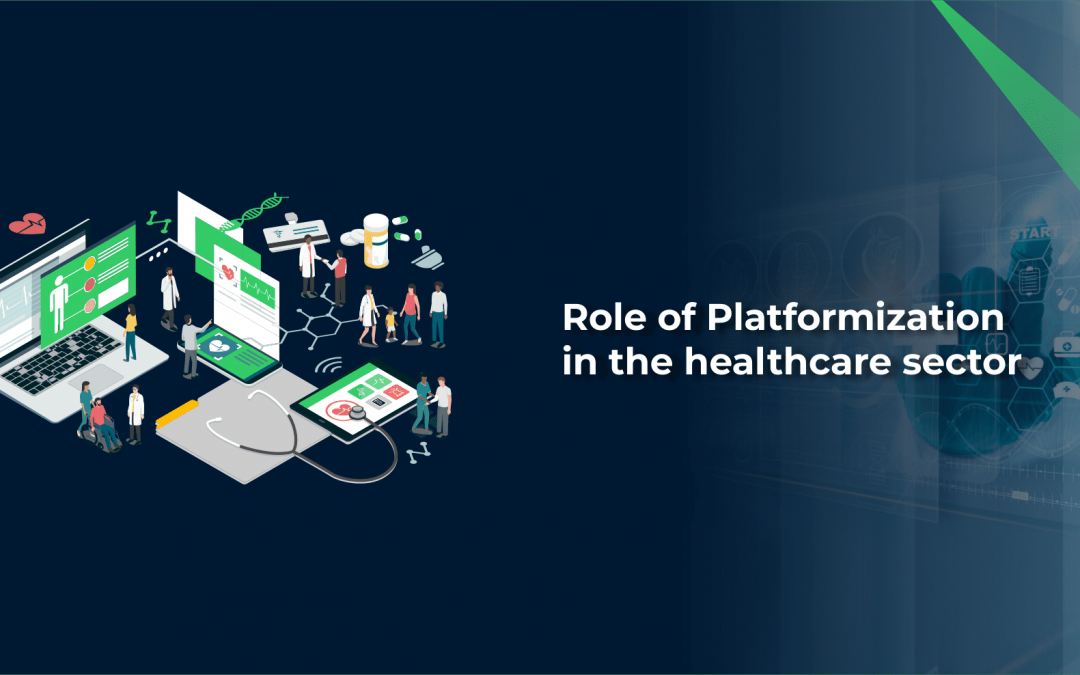
Developing a good front-end is a challenge. Front-end development is significantly more difficult to scale in order to allow several teams to work on a huge and complicated product at the same time. While monolithic backends have been around for a long time, microservices have become increasingly popular in recent years. Many firms continue to struggle with monolithic front-end codebases despite the fact that this manner of constructing server-side software has been widely discussed.
For modern web development, the overall design, as well as the organizational frameworks, are of utmost importance. This is the reason why the concept of micro frontend architecture was introduced to the web development market for business. When it comes to microservices, this concept seeks to extend the benefits to businesses and eliminate the difficulties associated with large front-end monoliths.
Let’s discuss what it means when you talk about micro frontend architecture and then dive into the five reasons for a business to adopt it.
What does it mean when you talk about micro frontends?

When frontend monoliths are fragmented into smaller, more manageable pieces, they can be independently developed, tested, and deployed while still presenting to clients as a single, cohesive offering. A web solution can be broken down into a succession of different verticals using micro frontends architecture and microservices. For the most part, verticals are made up of back-end and front-end components of a single system or function. Each component can be created by a cross-functional team.
Micro frontends allow teams to leverage a wide range of technologies to build web application UIs (user interfaces). Similar to back-end designs in which the back-end is made up of microservices, these architectures have a similar structure. It’s for this reason that micro frontends have so many benefits, such as portability, adaptability and scalability.
When designing intricate web-based products, a micro frontend approach is an ideal option. This is why the use of micro-frontends in web app development is on the rise. It’s already being used by companies like Starbucks, Spotify, Upwork, and Ikea.
Why should your business use micro frontends Architecture?

Your company’s new approach to development will proceed more quickly and have a greater return on investment if development goals are in line with the micro frontend project. This kind of development can have the following advantages for your business to Adopt Micro frontends Architecture:

Iterative improvements
This is the beginning of the micro frontend journey for a lot of businesses. Old front-end monoliths are being held back by outdated tech stacks or code built under time pressure, and a complete redesign is becoming increasingly appealing. Instead of a complete overhaul, businesses would rather strangle the old application piece by piece and continue delivering new iterations without being burdened by the monolith while they work on new things for their clients.
Ultimately, businesses will have more freedom to make case-by-case decisions on individual components of their product and to incrementally enhance their architecture, dependencies and user experience.
Increased Speed of development
Over time, managing several development projects with large frontends is nearly impossible. Having fully autonomous teams that can own a portion of a product from conception to production and beyond is a higher-order benefit of decoupling codebases and release cycles. App updates and development cycles are sped up when development teams operate in parallel, allowing them to work on many projects at the same time. A team’s ability to move fast and effectively is aided by the fact that they have full control over the resources they need to bring value to consumers.


Newer Technologies
Micro frontends can be created using a variety of different technology stacks because they are made up of a number of smaller components. This is a tremendously powerful ability. Because of the single responsibility principle, the first team can be divided into several smaller groups based on the knowledge of a particular tech stack. Since many technology stacks will be used on the same job, it is easier to hire new developers.
Scalability
Managing large applications, especially those that are monolithic and destined to expand in size, can be a challenge. Micro frontends, on the other hand, use a divide-and-conquer strategy. This means that, if you choose this architecture for your web application, you will find it easier to test and maintain every single business need.
Large monolithic programmes are difficult to test. This is why individual features, rather than an entire frontend application can be the responsibility of different teams. As a result, the entire procedure is made easier and no one is afraid of testing anymore. Additionally, each team is now free to use the testing tools and technologies they desire.


Consistent touchpoints
Even while your micro frontend has numerous moving elements, the shared interfaces and capabilities, along with a smooth frontend design will actually give your end-users better consistency as they travel across digital contact points and modalities than a monolithic frontend would. Incorporating new updates more quickly with a micro frontend architecture maintains your frontend adaptable to users’ ever-changing needs.
Flexible apps and responsive features allow you to tailor the experience for each individual user. This architecture makes it easy to add new features and pathways when new micro trips are discovered and prioritised.

Conclusion
A growing number of organisations are taking advantage of this strategy, and it’s expected that a number of well-known front-end applications will embrace it in the near term. When it comes to front-end development, micro frontends may be the next big thing. They are a contemporary architectural approach that can bring several advantages to substantial web development projects based on microservices.



0 Comments